Home>Garden Essentials>How Long To Germinate Habanero
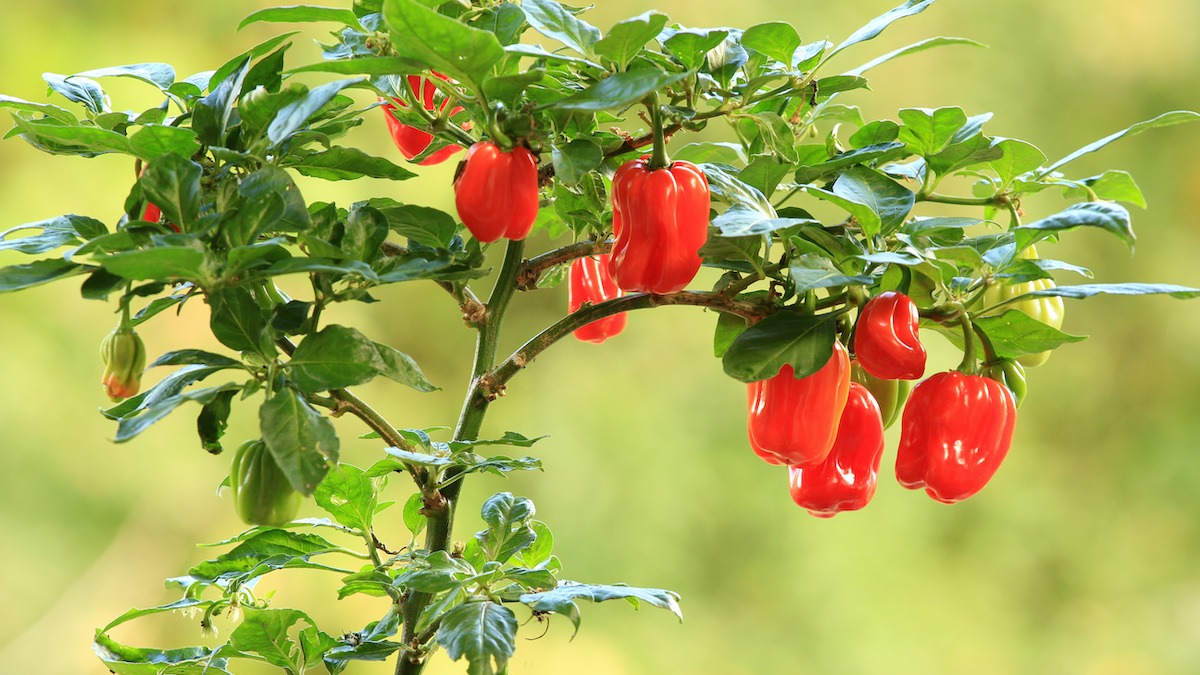

Garden Essentials
How Long To Germinate Habanero
Modified: March 15, 2024
Looking to grow a habanero garden? Discover how long it takes for habanero seeds to germinate in this informative guide. Plan your harvest with confidence.
(Many of the links in this article redirect to a specific reviewed product. Your purchase of these products through affiliate links helps to generate commission for Storables.com, at no extra cost. Learn more)
Introduction
Gardening enthusiasts and chili lovers alike often find joy in growing their own peppers, including the fiery habanero. With its distinctive flavor and intense heat, the habanero pepper has become a popular choice for home gardeners seeking a thrilling culinary experience.
However, before you can start cooking up spicy dishes featuring these fiery peppers, you need to successfully germinate habanero seeds. Germination is the process by which a seed develops into a new plant, and it is a crucial step in the gardening journey.
In this article, we will delve into the fascinating world of habanero germination. We will explore the factors that affect germination, the ideal conditions for habanero seed germination, the typical timeframe for germination, and some tips and troubleshooting advice along the way.
So, if you’re ready to embark on a pepper-growing adventure, let’s dive into the secrets of how to germinate habanero seeds effectively.
Key Takeaways:
- Habanero seeds need warmth, moisture, and darkness to sprout. It takes patience, about 10-20 days, for them to germinate. Quality seeds and proper care increase the chances of success.
- To troubleshoot germination issues, try scarifying seeds, pre-soaking, and providing proper lighting. Be mindful of pests and diseases. Each challenge is an opportunity to learn and improve.
Read more: How Long For Borage To Germinate
Factors Affecting Habanero Germination
Germination success is influenced by several factors that can either promote or hinder the growth of habanero seeds. Understanding these factors will help you create the optimal conditions for successful germination.
1. Temperature: Habanero seeds prefer warm temperatures for germination, typically between 75°F (24°C) and 85°F (29°C). Cooler temperatures can slow down germination or even inhibit it entirely. Ensure that the environment remains consistently warm throughout the germination process.
2. Moisture: Adequate moisture is crucial for seed germination. The seeds should be kept damp, but not overly saturated or waterlogged. Watering from the bottom or using a misting technique can help maintain the ideal moisture level.
3. Light: Unlike many other plants, habanero seeds do not require light to germinate. In fact, they tend to prefer darkness during this stage. Light exposure can actually inhibit germination, so it’s best to keep the seeds in a dark environment until they sprout.
4. Seed Quality: The quality and viability of the seeds themselves play a significant role in germination success. It’s essential to choose fresh, high-quality habanero seeds from a reputable source. Saving seeds from mature, healthy peppers is also an option, but be aware that these seeds may have a lower germination rate.
5. Seed Treatment: Some gardeners opt to pre-treat habanero seeds before germination to increase the chances of success. One common method is to soak the seeds in water overnight or for a few hours to help soften the seed coat. This can promote faster and more uniform germination.
By taking these factors into account and creating the ideal conditions, you can greatly increase the chances of successful habanero seed germination. In the next section, we will explore the optimal germination conditions in more detail.
Ideal Germination Conditions for Habanero Seeds
To maximize the germination success of your habanero seeds, it’s crucial to provide them with the ideal growing conditions. By mimicking the natural environment in which habaneros thrive, you can create a favorable setting for successful germination. Here are the key elements to consider:
1. Growing Medium: Choose a well-draining, sterile seed starting mix or a blend of peat moss and vermiculite. Avoid using regular garden soil, as it may contain pathogens or be too compacted for germination.
2. Germination Container: Use small seed trays or pots with drainage holes to sow your habanero seeds. This will prevent waterlogging and ensure proper air circulation around the seeds.
3. Moisture Level: Keep the seed starting mix moist but not overly wet. Ensure that the container drains well and remove any excess water that accumulates in the tray or saucer.
4. Temperature: Providing a consistently warm environment is crucial for habanero seed germination. Aim for a temperature range of 75°F (24°C) to 85°F (29°C), as this will optimize germination rates. Using a seedling heat mat or placing the seeds in a warm location, such as on top of a refrigerator, can help maintain the desired temperature.
5. Darkness: Habanero seeds do not require light to germinate and actually prefer darkness. Cover your germination container with a plastic dome or place it in a dark and warm location, such as inside a cabinet or a germination chamber, until the seeds sprout.
6. Patience: Habanero seeds typically take longer to germinate compared to other pepper varieties. It can take anywhere from 10 to 20 days for habanero seeds to sprout, so be patient and resist the temptation to disturb the seeds during this period.
By providing the ideal germination conditions, you are setting the stage for successful habanero seed germination. Once the seeds have sprouted, it’s important to continue providing them with proper care to ensure healthy plant development. In the next section, we will discuss the typical timeframe for habanero germination.
Germination Timeframe for Habanero Seeds
Germination timeframes can vary depending on various factors such as temperature, seed quality, and growing conditions. When it comes to habanero seeds, patience is key as they tend to have a slightly longer germination period compared to other pepper varieties.
On average, it takes around 10 to 20 days for habanero seeds to germinate. However, it’s important to note that this is just an estimate and germination may occur earlier or later depending on the specific circumstances.
Factors such as temperature, moisture levels, and seed quality play a significant role in determining the germination timeframe. Warmer temperatures within the range of 75°F (24°C) to 85°F (29°C) can speed up the germination process, while cooler temperatures can slow it down.
During the germination period, it’s crucial to consistently maintain the necessary conditions for habanero seed germination, including proper moisture and darkness. It’s normal for some seeds to sprout earlier than others, so don’t be alarmed if you see uneven germination throughout your seed tray or pots.
If you find that your habanero seeds haven’t sprouted within the expected timeframe, don’t be quick to give up hope. Sometimes, certain seeds may have a slower germination rate due to factors such as seed dormancy or variations in seed quality. Give the seeds some additional time before considering them unsuccessful.
Remember, gardening is a process of patience and nurturing. Continue to provide the ideal conditions for germination and monitor the progress of your habanero seeds. With time and care, you will likely see sprouts emerging from the soil and the excitement of a successful germination.
Now that we have covered the germination timeframe for habanero seeds, let’s move on to some helpful tips to improve the germination success rate.
Habanero seeds typically take 10-14 days to germinate. Keep the soil consistently moist and warm (around 80-85°F) to encourage faster germination.
Germination Tips for Habanero Seeds
Germinating habanero seeds can sometimes be a bit challenging due to their unique characteristics. However, with a few helpful tips and tricks, you can greatly increase your chances of successful germination. Here are some useful tips to consider:
1. Quality Seeds: Start with fresh, high-quality habanero seeds. Choose reputable seed suppliers or save seeds from healthy, mature peppers in your own garden. High-quality seeds have a higher germination rate, giving you a better chance of success.
2. Seed Scarification: Habanero seeds have a thick seed coat that can sometimes hinder germination. Gently scarifying or nicking the seeds with a file or sandpaper can help water penetrate the seed coat and speed up germination. Be careful not to damage the embryo inside the seed.
3. Pre-soaking: Soaking habanero seeds in water before planting can soften the seed coat and jumpstart the germination process. Place the seeds in a shallow dish of water for 12 to 24 hours, then transfer them to the desired growing medium.
4. Bottom Watering: Instead of watering from above, try bottom watering. Fill a tray or saucer with water and place the germination container in it. This allows the seeds to absorb water from the bottom, ensuring they receive adequate moisture without becoming waterlogged.
5. Consistent Moisture: Habanero seeds require consistent moisture to germinate successfully. Check the moisture level of the growing medium regularly and mist with water as needed to keep it evenly moist. Avoid overwatering, as this can lead to fungal diseases and rot.
6. Maintain Warmth: Keep the germination environment warm, between 75°F (24°C) and 85°F (29°C). Consider using a seedling heat mat or placing the seeds in a warm location, such as on top of a refrigerator, to provide the necessary warmth for optimal germination.
7. Patience: As mentioned earlier, habanero seeds can take longer to germinate compared to other pepper varieties. Be patient and resist the urge to disturb the seeds by checking on them too frequently. Allow nature to take its course and give the seeds the time they need to sprout.
8. Labeling and Organization: Keep track of your habanero seeds by labeling each variety and recording the date of planting. This will help you monitor their progress and identify any issues that may arise during germination.
By following these germination tips, you’ll be well on your way to successfully germinating your habanero seeds. Remember, each seed is a potential plant waiting to grow, so give them the care and attention they deserve.
Next, let’s explore common problems and troubleshooting techniques when it comes to habanero germination.
Read more: How Long To Germinate Passiflora
Common Problems and Troubleshooting in Habanero Germination
While germinating habanero seeds can be an exciting and rewarding process, it’s not without its challenges. Here are some common problems that you may encounter during habanero germination and some troubleshooting techniques to help overcome them:
1. Low Germination Rate: If you notice that only a few habanero seeds have germinated, it could be due to factors such as poor seed quality, improper storage, or unsuitable germination conditions. To improve the germination rate, make sure you are using fresh, high-quality seeds, and ensure that the growing conditions such as temperature and moisture are optimal.
2. Slow Germination: Habanero seeds are known to have a slightly longer germination period. However, if the germination process is excessively slow, it could be due to low temperatures or insufficient moisture. Ensure that the seeds are kept in a warm environment within the desired temperature range and that the growing medium remains consistently moist.
3. Fungal Diseases: Overly moist conditions and poor air circulation can lead to fungal diseases such as damping-off, which can cause seed rot or seedling death. To prevent these issues, avoid overwatering and ensure proper air circulation by providing ventilation or using a fan in the germination area.
4. Seedling Weakness: If your habanero seedlings appear weak, pale, or spindly, it could be a sign of insufficient light. Once the seeds have sprouted, gradually introduce them to light by placing them in a well-lit area or under grow lights. Providing 12-16 hours of bright light per day will promote healthy seedling growth.
5. Seedling Damping-off: Damping-off is a common problem characterized by the sudden collapse and death of seedlings. To prevent damping-off, ensure proper sanitation of the growing containers, use sterile soil or seed starting mix, and avoid overwatering or overcrowding of seedlings.
6. Seed Dormancy: Some habanero seeds may exhibit dormancy, which means they have built-in mechanisms to delay germination until conditions are favorable. To break seed dormancy, you can try scarification techniques, such as gently scratching the seed coat, or a cold stratification method by refrigerating the seeds for a period of time before germination.
7. Pest Infestation: Although less common during germination, pests such as fungus gnats or aphids can still pose a threat. Keep a close eye on your seedlings and take immediate action if you notice any signs of pest damage. Natural pest control methods or organic insecticides can be used to safeguard your habanero seedlings.
By being aware of these common problems and implementing the appropriate troubleshooting techniques, you can increase your chances of a successful habanero germination experience. Remember, each challenge provides an opportunity to learn and improve your gardening skills.
Now that you are equipped with knowledge on troubleshooting habanero germination issues, let’s wrap up our article.
Conclusion
Growing habanero peppers from seed is a rewarding experience that allows you to savor their intense heat and unique flavor. Successful germination is the crucial first step in this journey, and by understanding the factors that affect habanero germination and providing the ideal conditions, you can stack the odds in your favor.
Remember to consider the factors that influence germination, such as temperature, moisture, light, seed quality, and seed treatment. Create an environment that mimics the natural conditions in which habaneros thrive, including using a well-draining growing medium, maintaining consistent moisture levels, providing warmth, and ensuring darkness during the germination period.
Be patient during the germination process, as habanero seeds can take anywhere from 10 to 20 days to sprout. Keep a watchful eye on your seeds, but avoid excessive disturbance that could inhibit germination.
If you encounter challenges during habanero germination, such as low germination rates, slow germination, or pest issues, use troubleshooting techniques like scarification, pre-soaking, proper lighting, and sanitation practices to overcome them.
By incorporating these tips and techniques into your habanero germination process, you can maximize your chances of success and enjoy a bountiful harvest of habanero peppers that you grew from seed.
So, get ready to embark on your habanero pepper-growing adventure with confidence and excitement. With the right knowledge and care, you’ll soon be enjoying the fiery delights that your habanero plants will bring to your culinary creations.
Happy germinating and happy gardening!
Frequently Asked Questions about How Long To Germinate Habanero
Was this page helpful?
At Storables.com, we guarantee accurate and reliable information. Our content, validated by Expert Board Contributors, is crafted following stringent Editorial Policies. We're committed to providing you with well-researched, expert-backed insights for all your informational needs.

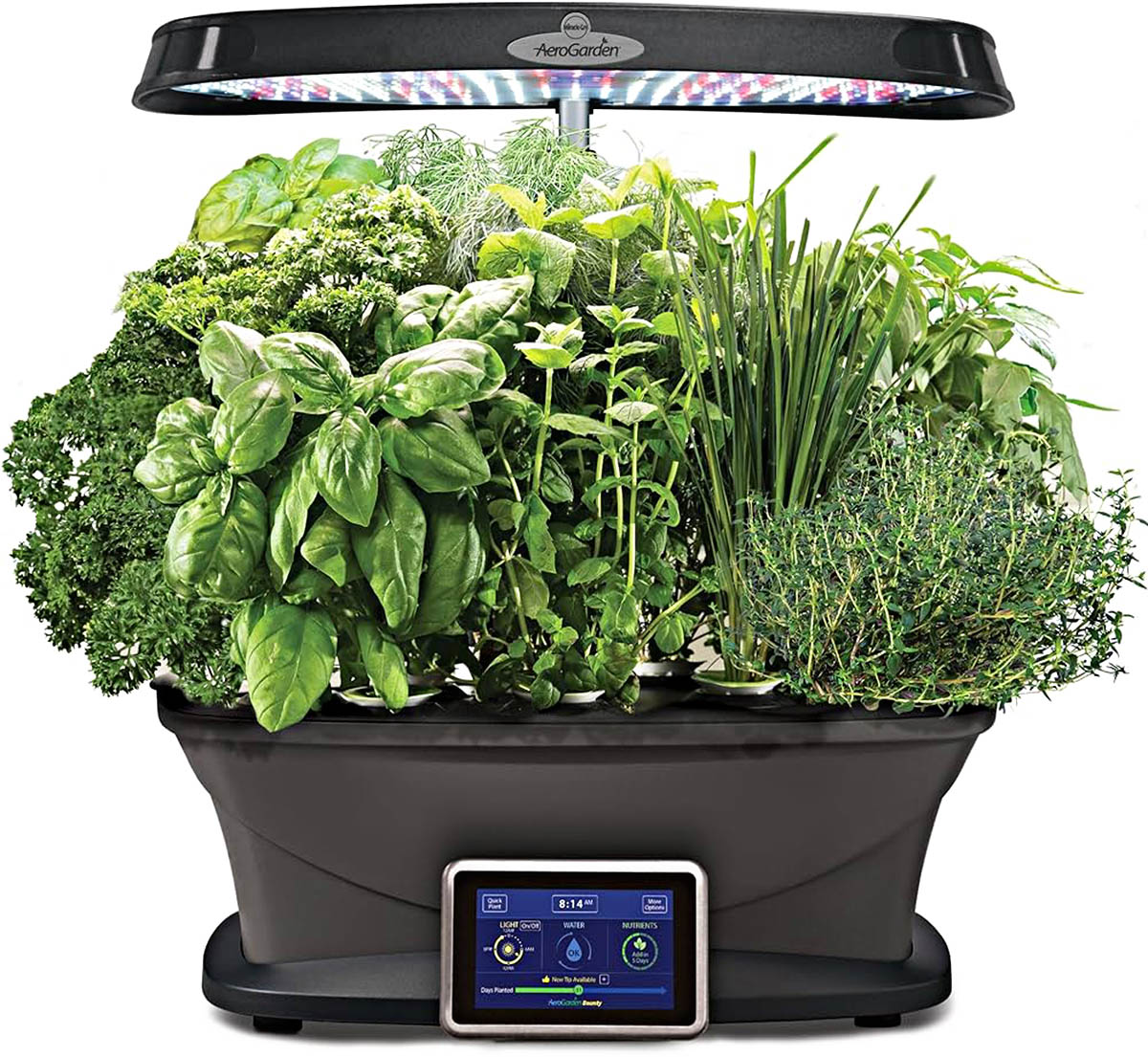
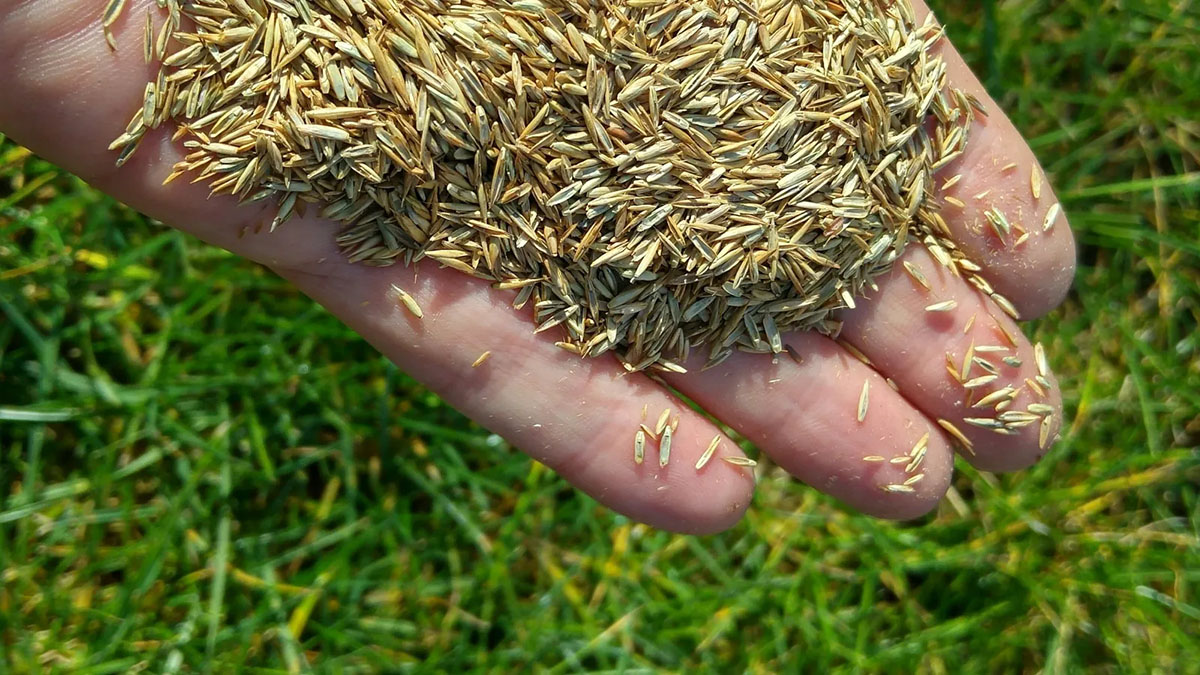
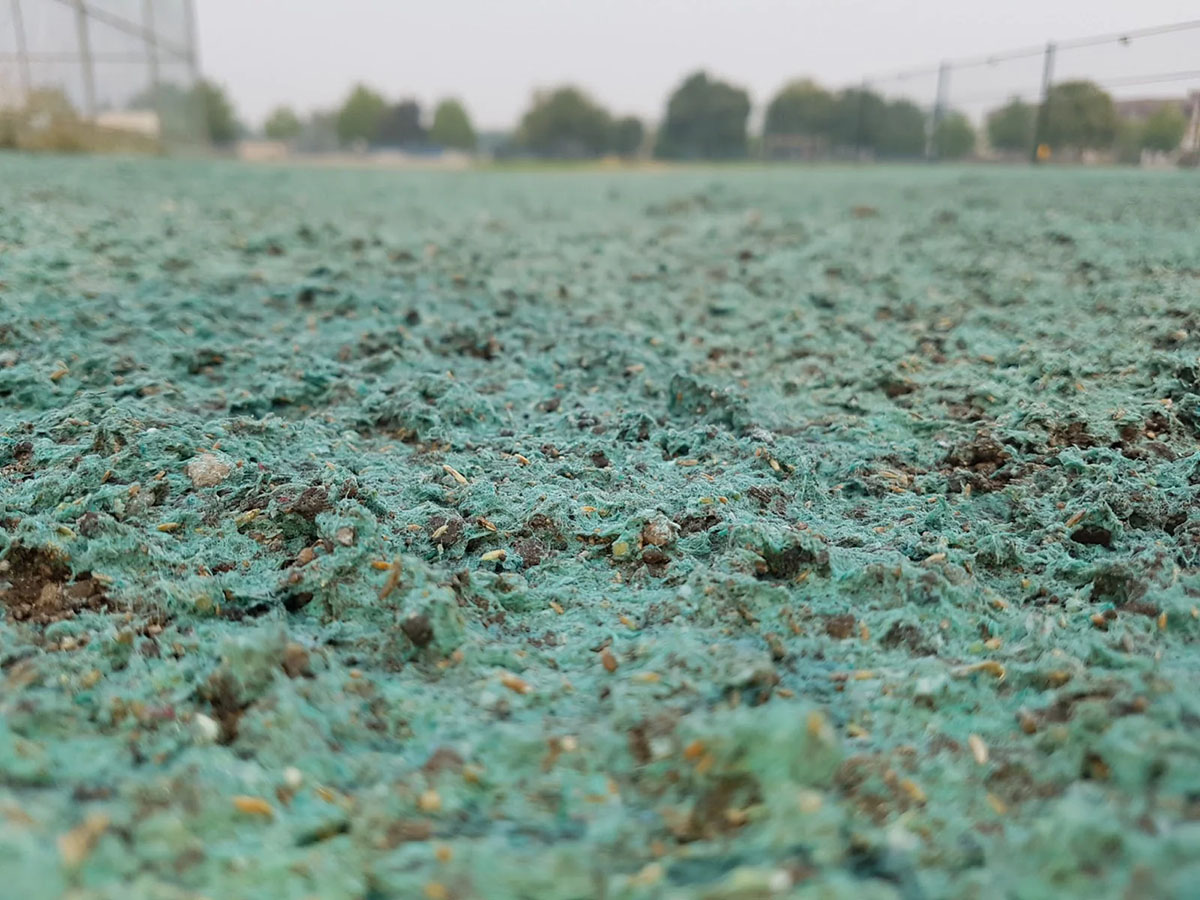
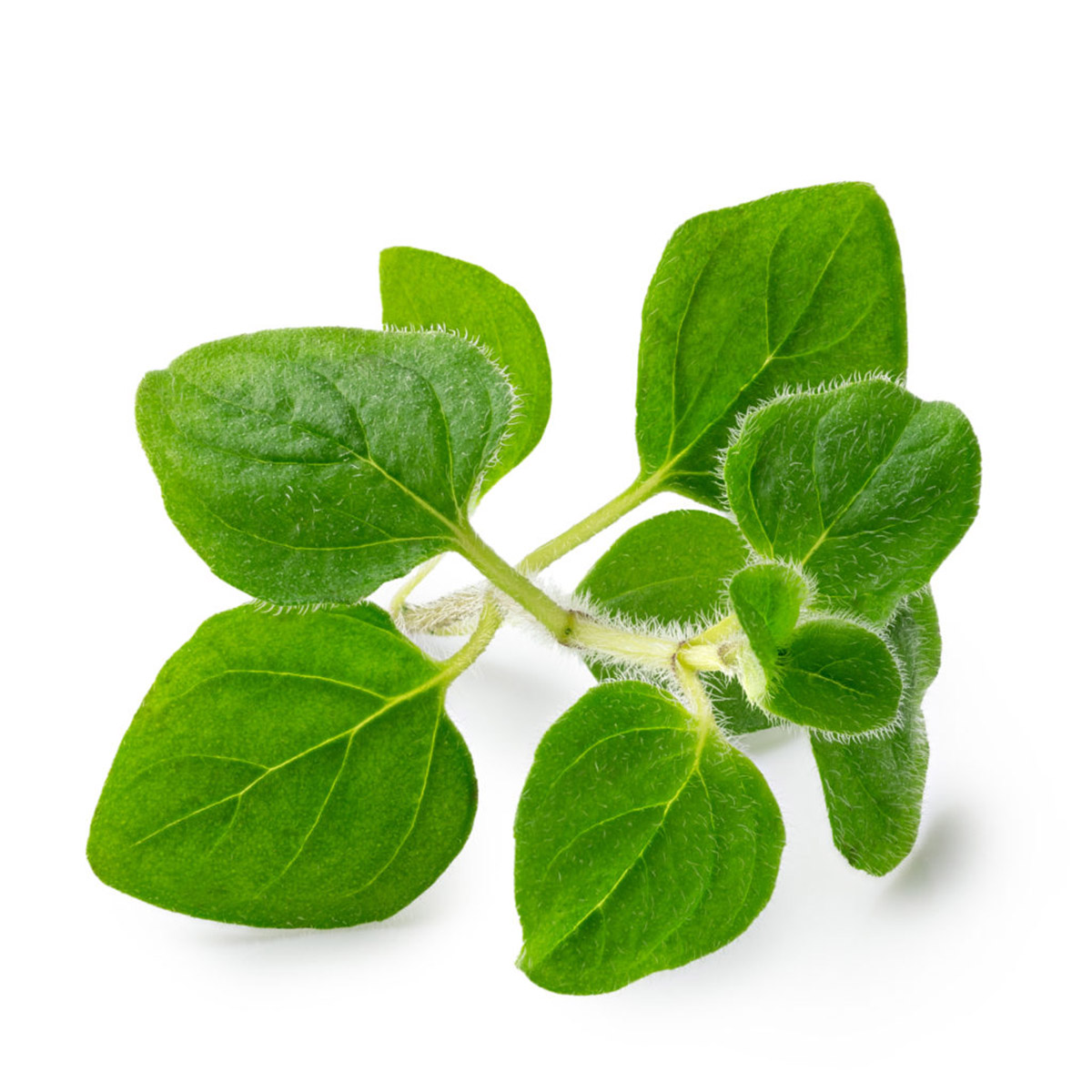
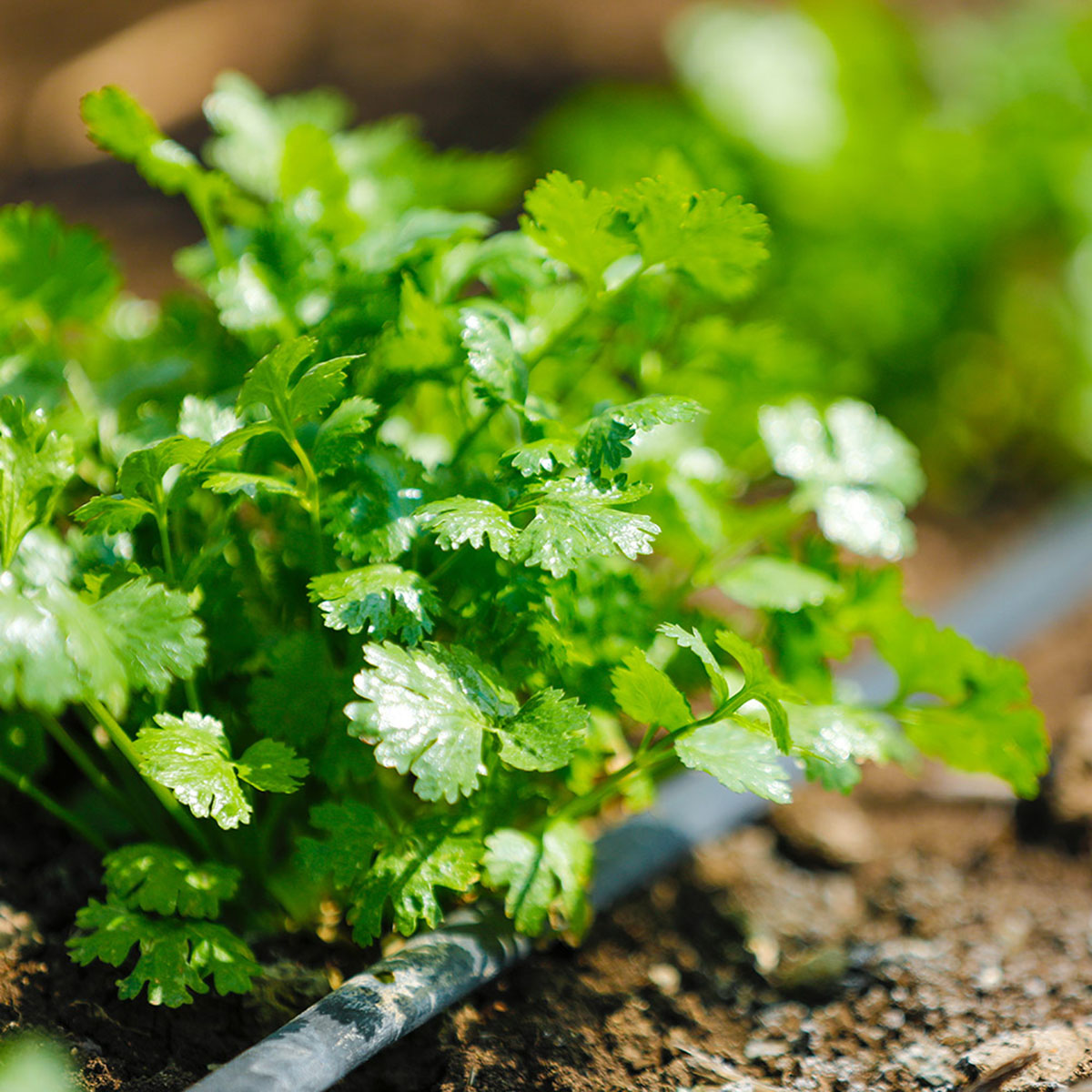
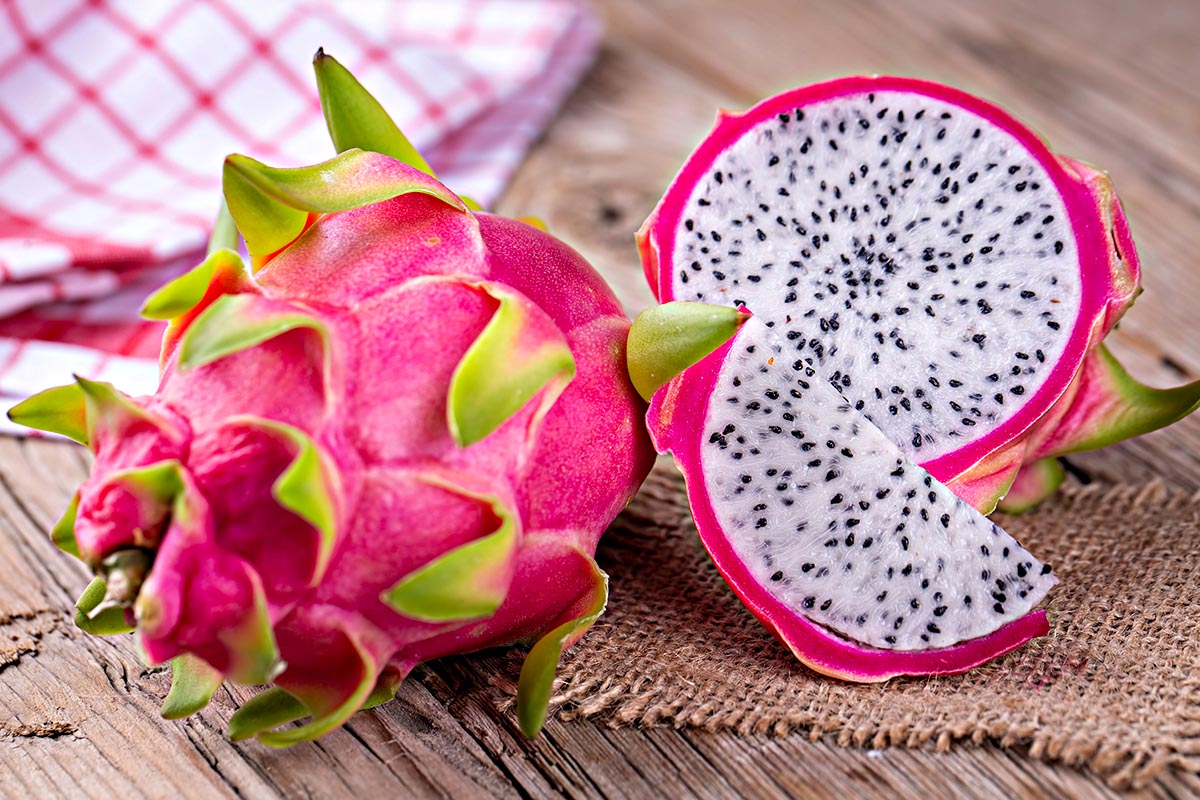
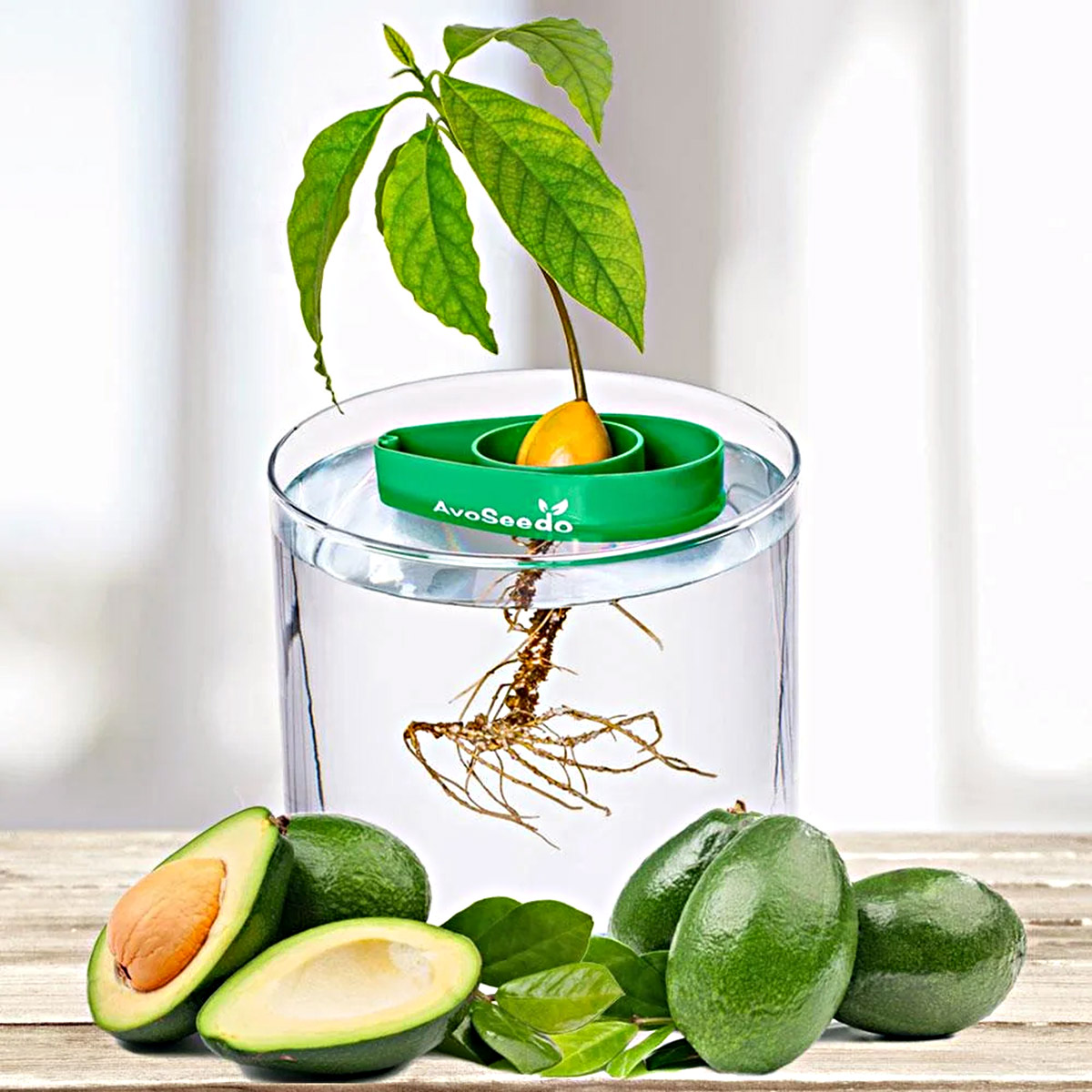
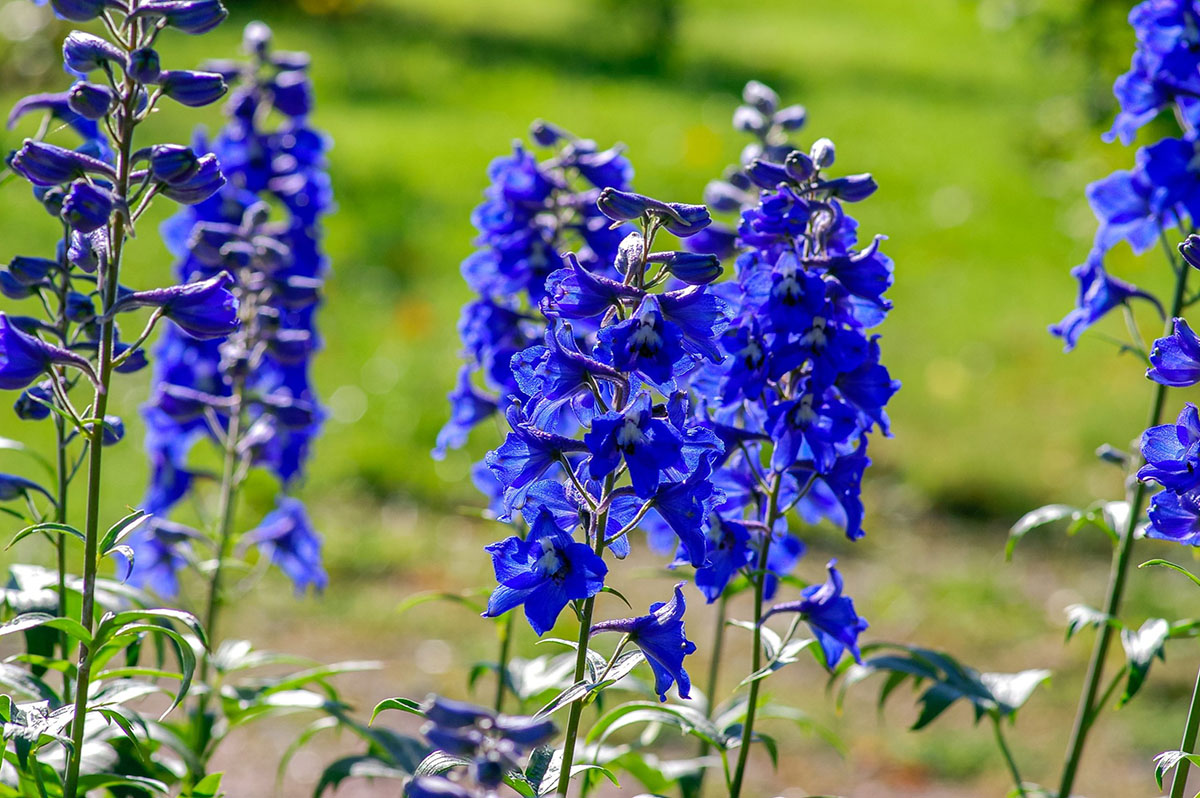
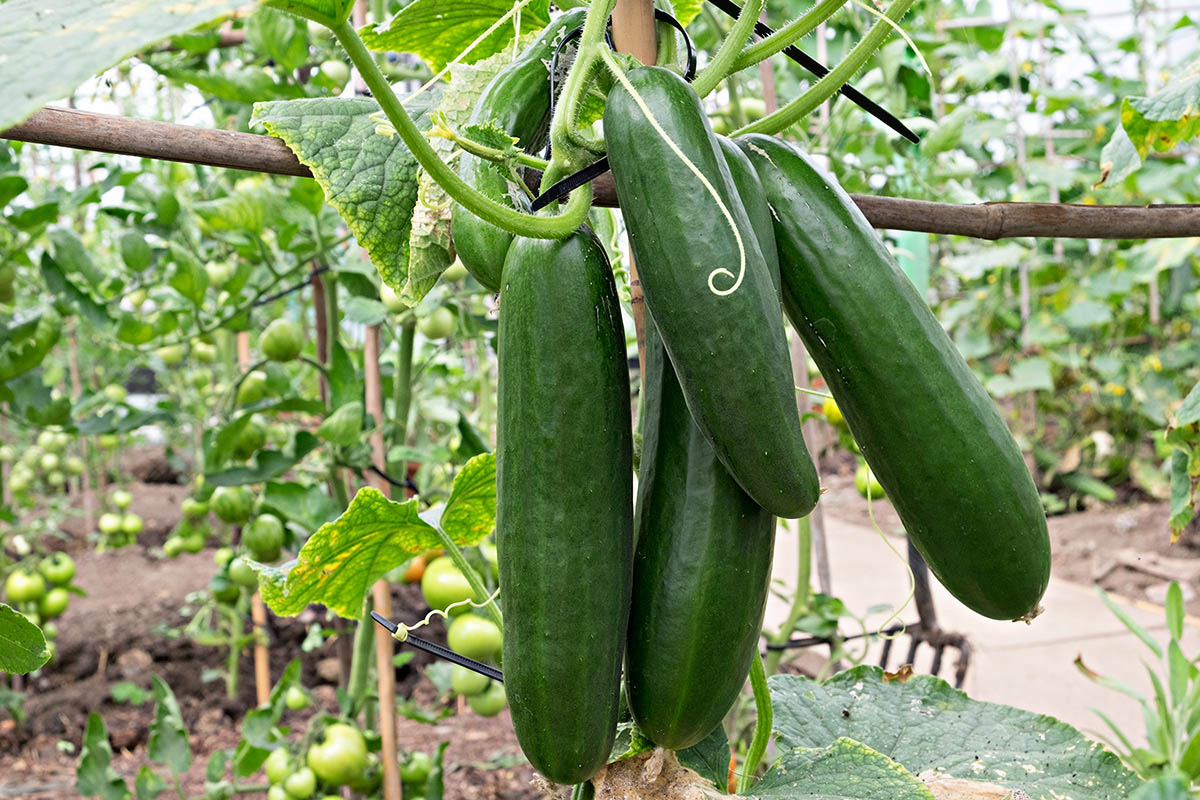
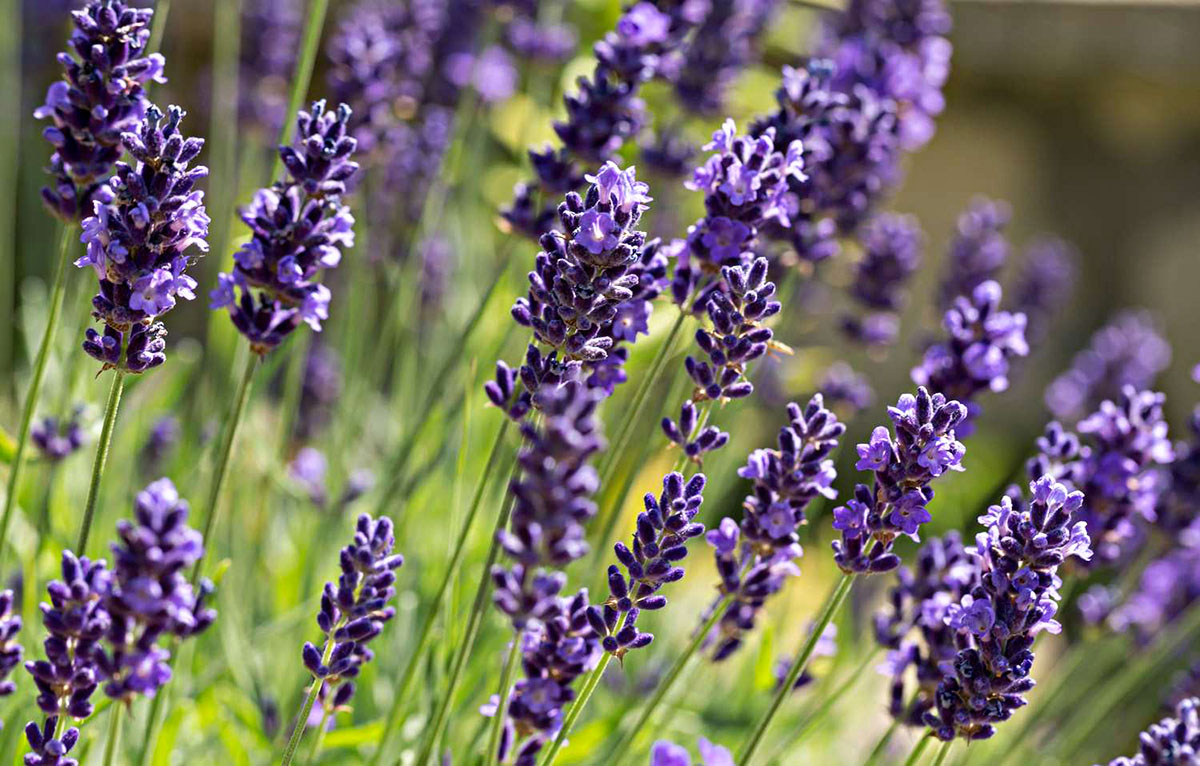
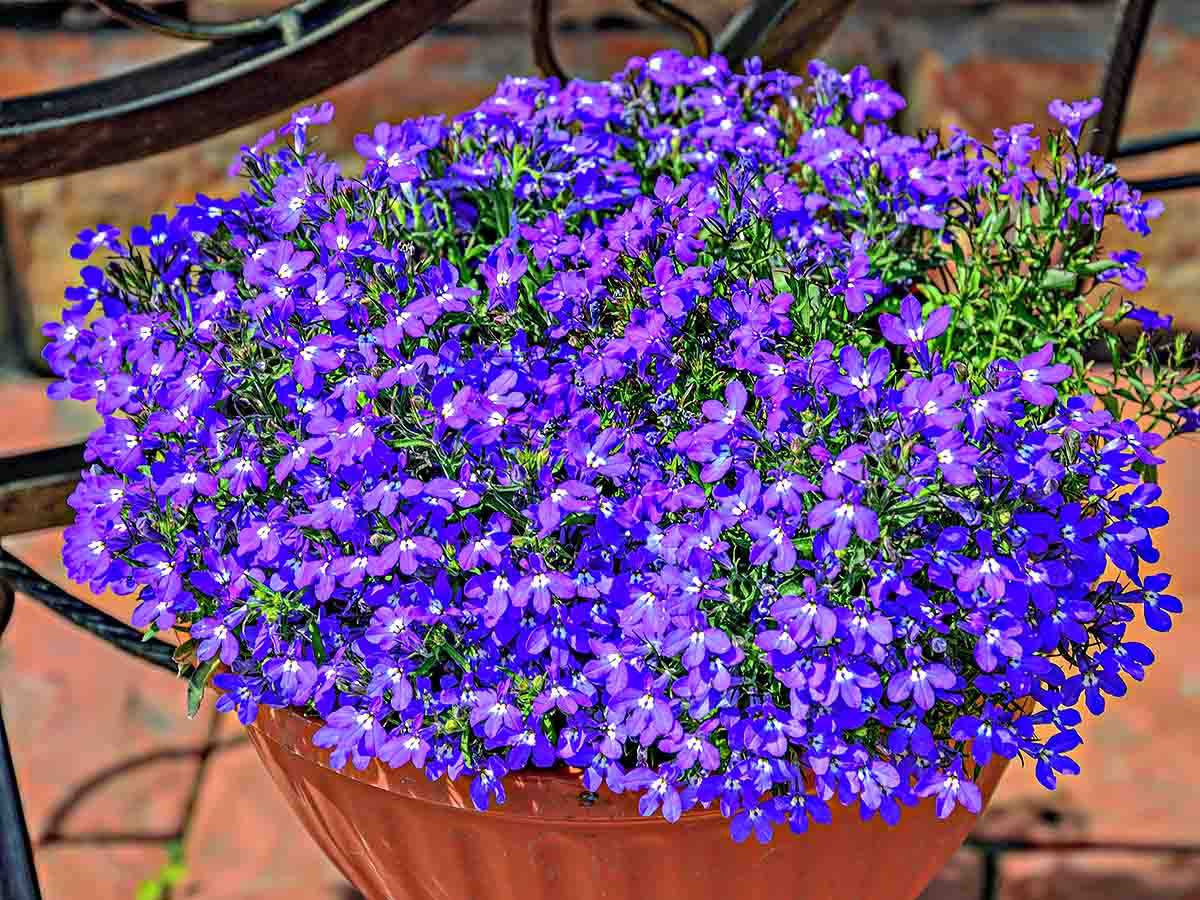
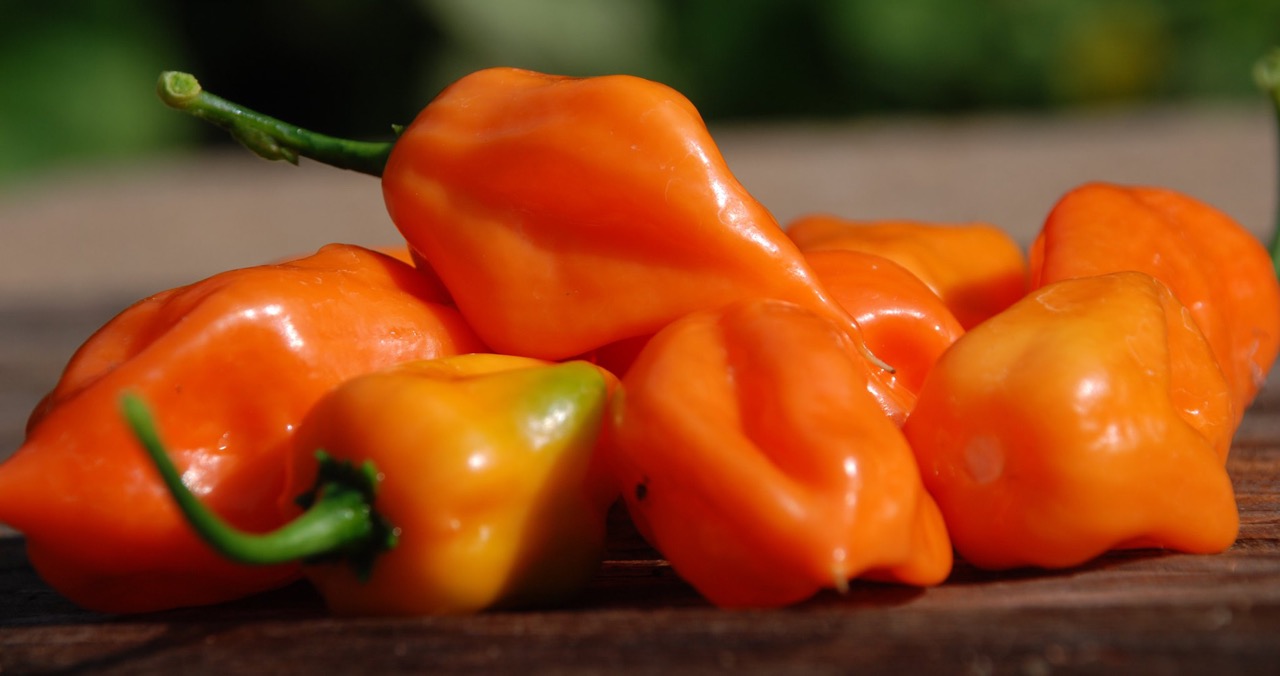
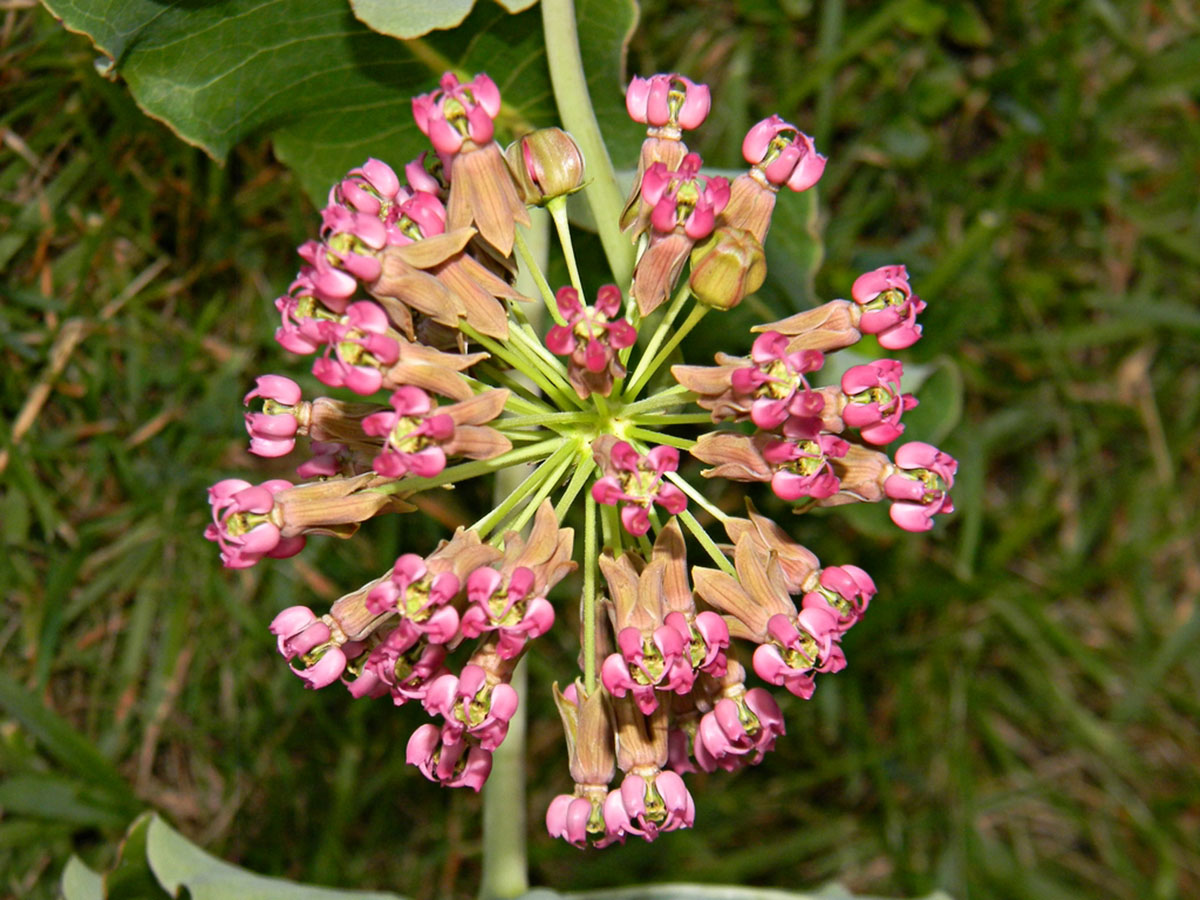

0 thoughts on “How Long To Germinate Habanero”